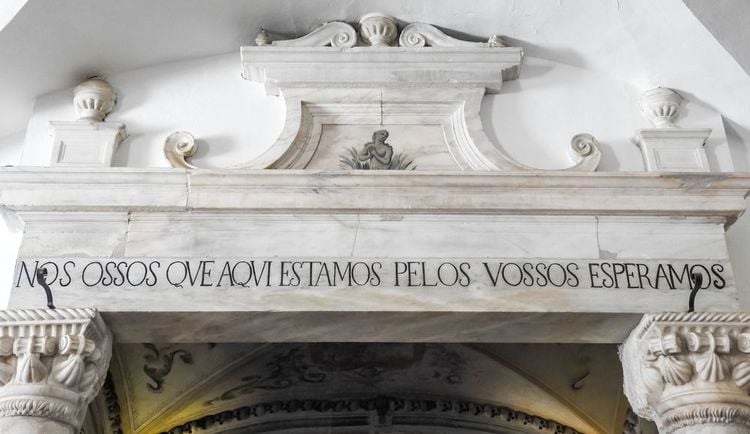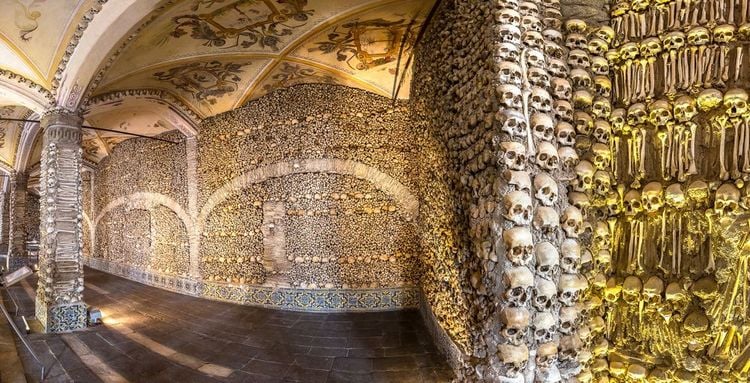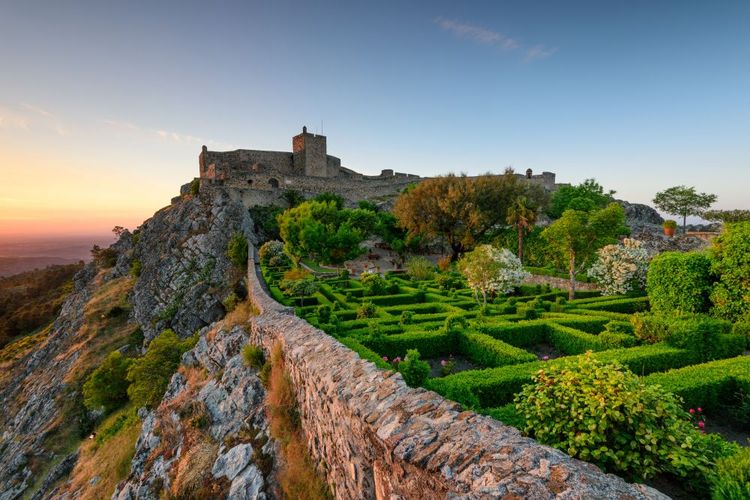The Capela dos Ossos, also known as the Chapel of Bones, was built in the 16th century by Franciscan monks in Évora, in the Alentejo region, and is attributed to three monks in particular: Brother João Evangelista, Brother Luís de Montesanto and Brother Pedro Gigante. These Franciscan monks created this unique place of devotion using the bones of thousands of deceased from local cemeteries. The religious building represents the fragility of human life. It promotes meditation and reflection on life, but also... on death. Although the concept of the Capela dos Ossos may seem macabre, or at least surprising, the monks have used this aesthetic to create a place of beauty and reflection, using human bones to adorn the walls of the chapel and make them more symbolic.
 Alentejo
Alentejo










